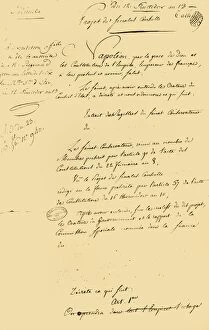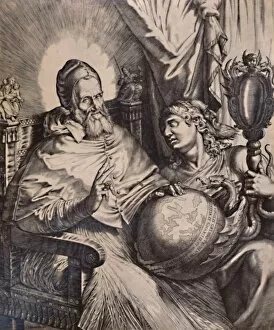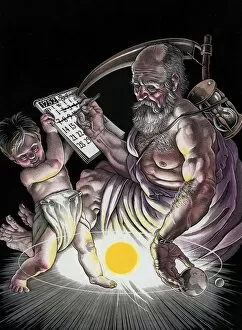Gregorian Calendar Collection
The Gregorian Calendar, named after Pope Gregory XIII, has a rich history that spans centuries
All Professionally Made to Order for Quick Shipping
The Gregorian Calendar, named after Pope Gregory XIII, has a rich history that spans centuries. This calendar was introduced in 1582 as a reform to the Julian calendar, aiming to correct inaccuracies and align with astronomical observations. One fascinating representation of the they are be seen in the painting "An Election Entertainment" from 1755. This oil on canvas artwork showcases various activities taking place during an election campaign, highlighting the significance of timekeeping in society. Another intriguing depiction is found on the November calendar page, where a peasant discovers a pig. This representation symbolizes the agricultural importance of this month and how it was incorporated into daily life during that era. To honor those who played significant roles in establishing this new calendar system, portraits were created. One such portrait is that of Cardinal Christopher Clavius from 1606. As an influential mathematician and astronomer, Clavius contributed greatly to developing and implementing the Gregorian Calendar. Pope Gregory XIII himself is also immortalized through artworks like engravings and paintings. His papacy from 1572 to 1585 marked a pivotal period for introducing this revised calendar system worldwide. Over time, drafts documenting efforts towards reestablishing or modifying the Gregorian Calendar emerged. A notable example is an unknown creator's draft dating back to August 29th, 1805 - shedding light on ongoing discussions surrounding its refinement even years later. In addition to these historical records are depictions by unknown artists showcasing Gregory XIII and Clavius in separate works from around 1830. These pieces offer glimpses into how their contributions continued to be celebrated long after their passing. The influence of calendars extended beyond Europe as well; Jacob Daniel Bruce's "Calendar" from mid-19th century Russia demonstrates how different regions adopted variations suited to their cultural needs. Meanwhile, Peter I's edict on introducing the Julian calendar in Russia highlights his efforts at modernization.













